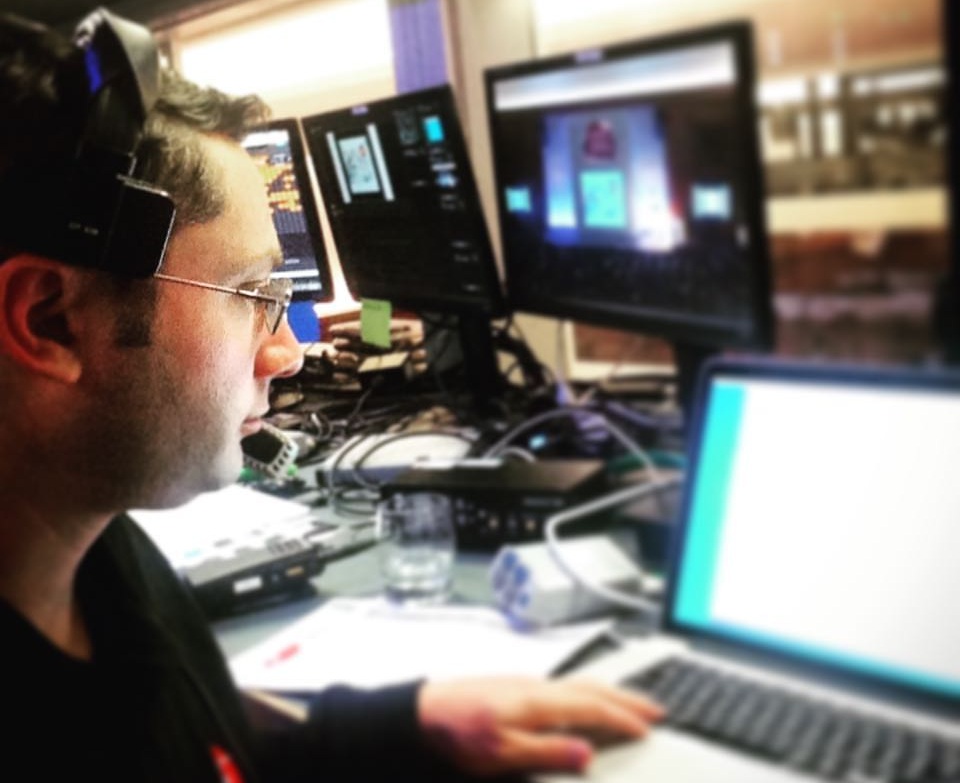Illuminating the Impact of Illumination Techniques on the Art of Film Projection Mapping Techniques
Motion projection projection is an innovative creative medium that merges tech and innovation to convert ordinary spaces into remarkable visual displays. This technique entails projecting images and footage onto 3D elements, such as buildings, artworks, or stages. One of the key crucial elements in creating successful projection is the use of effective illumination techniques. Proper illumination enhances the visual elements of the display and ensures that the visuals are clear and engaging. This article examines the impact of illumination techniques on video mapping and how they can enhance the complete encounter.Lighting plays a vital role in video projection because it establishes the mood and feel of the display. Different lighting methods can evoke various emotions and responses from the audience. For instance, using soft, cozy lights can create a welcoming atmosphere, while bright, cool illumination may create a more energetic or dramatic impact. By carefully selecting light colors and intensities, artists can influence how viewers perceive the projected images, leading to a more immersive experience. The equilibrium between mapping luminance and surrounding light is crucial, as it can significantly impact the visibility and impact of the visuals.
In addition to, hue and brightness, the angle of illumination also influences the effectiveness of projection. Lighting from different directions can generate shadows and accents that introduce dimension to the mapped images. This technique, known as light and shadow, can improve the three-dimensionality of the objects being mapped. Additionally, using moving illumination can introduce energy to the exhibit, moved here making the experience more involving for the audience. When the light collides with the mapped images, it can produce an effect of movement and transformation, capturing the viewers' focus.
Another essential element of lighting in mapping in the use of unique effects. Techniques such as patterned illumination, which employs shapes and forms to filter light, can add texture and complexity to the projections. This method allows artists to layer images and create aesthetically captivating results that enhance the projection. Moreover, incorporating lasers or LED lights can further enhance the exhibit, providing a unique blend of visual elements that draw the audience in. These special features, when used carefully, can transform the mapping beyond a simple display to an immersive piece of creativity.
In conclusion, the impact of illumination methods on motion projection is profound. By comprehending how various illumination components connect with mapped visuals, artists can create captivating encounters that connect with viewers. The thoughtful choosing of hue, brightness, angle, and unique features allows for a rich tapestry of visual narrative. As technology continues to grow, the possibilities for creative expression in projection will only find more grow, making lighting an increasingly vital component in this innovative art form.
